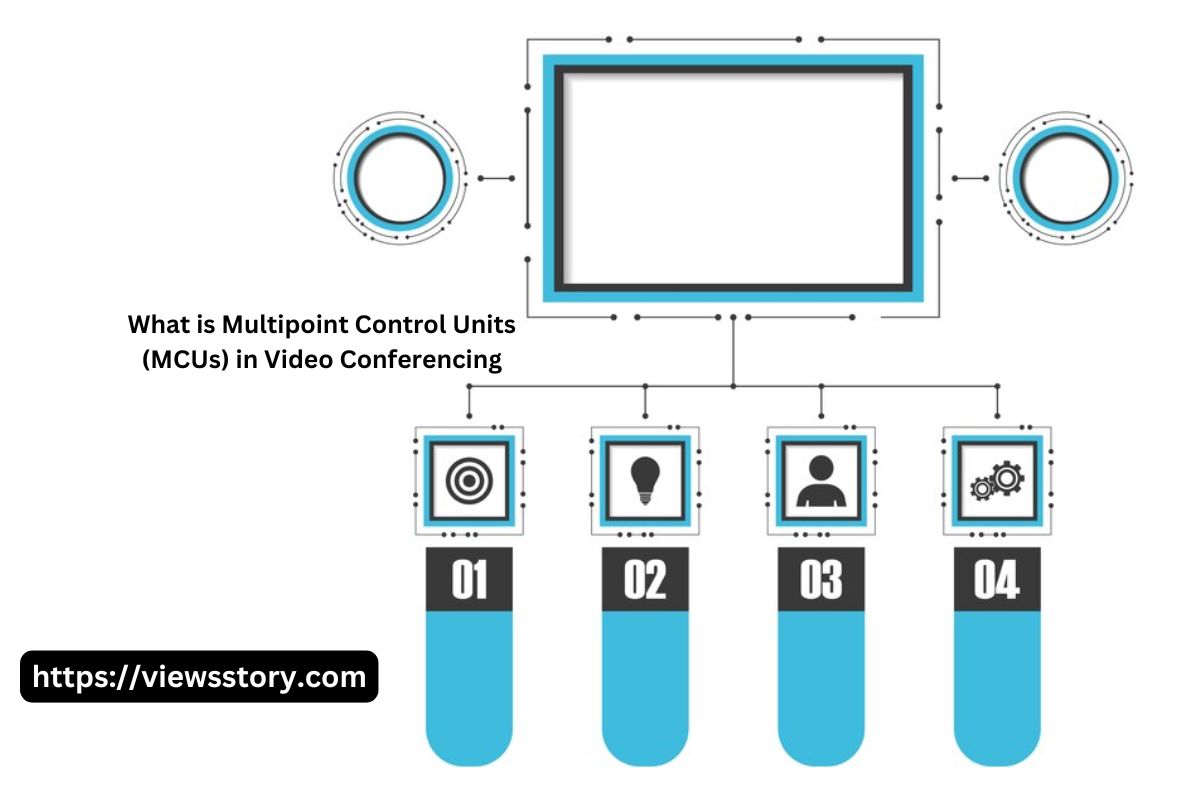What is an MCU?
A Multipoint Control Unit (MCU) is a critical component in video conferencing systems that connects multiple participants in a single conference call. It acts as a centralized hub for managing the audio and video streams from each participant, ensuring a seamless and synchronized communication experience. MCUs can be either hardware-based or software-based, and they play a vital role in coordinating, processing, and distributing multimedia content during a conference.
Also Read : What Is The Cloud In Computer
Why are MCUs Important?
MCUs are essential for enabling group video conferences, allowing multiple users to connect simultaneously. Before MCUs, video conferencing was limited to point-to-point connections, restricting it to two participants. With the introduction of MCUs, it became possible to host meetings with several participants, facilitating more effective collaboration, especially for businesses and organizations with teams spread across different locations.
How Do MCUs Work?
MCUs manage the video and audio streams from each participant, mixing and synchronizing these streams into a unified feed that is distributed back to all participants. Here’s how they work:
- Audio/Video Mixing: MCUs receive individual audio and video streams from each participant and combine them into a single, cohesive stream.
- Transcoding: They convert different video and audio formats into a common format, ensuring compatibility among various devices and platforms.
- Bandwidth Management: MCUs optimize the use of bandwidth by adjusting the resolution and bitrate of the streams based on the network conditions and participant capabilities.
- Active Speaker Detection: They identify and highlight the active speaker, enhancing the focus and clarity of the communication.
- Additional Features: Modern MCUs offer advanced functionalities such as recording, live streaming, and content sharing, further enriching the conferencing experience.
Types of MCUs
- Hardware-based MCU: These are dedicated devices designed for video conferencing. They are highly reliable and suitable for large organizations with frequent conferencing needs. However, they can be expensive and require regular maintenance.
- Software MCU: These are applications that can be installed on general-purpose servers. They are more flexible and cost-effective compared to hardware MCUs, making them ideal for smaller businesses or occasional conferencing needs.
- Cloud-based MCU: Leveraging cloud infrastructure, these MCUs offer scalability and a pay-per-use model. They are convenient but depend on internet reliability and can raise concerns about data security.
- Bridge MCU: These units enable interoperability between different video conferencing systems, ensuring smooth communication across various platforms.
- Hybrid MCU: Combining hardware and software solutions, hybrid MCUs offer a balance of performance and flexibility, adaptable to an organization’s evolving needs.
Advantages of MCUs
- Efficient Resource Management: By handling the heavy lifting of video and audio processing, MCUs reduce the load on individual participant devices.
- Enhanced Security: They provide robust security features like end-to-end encryption, ensuring safe and secure communication.
- Improved Quality: MCUs optimize audio and video quality, adapting to network conditions to deliver the best possible experience.
- Scalability: Modern MCUs can handle a large number of participants, making them suitable for large-scale conferences.
How to Implement an MCU
Implementing an MCU involves selecting the right type based on your organization’s needs, setting it up in your network, and configuring it to handle your conferencing requirements. Detailed installation guides are available for both hardware and software MCUs, ensuring a smooth transition and setup process.
Future of MCUs
As technology continues to advance, MCUs are evolving with new features and capabilities. Innovations in AI and machine learning are expected to enhance MCU functionalities, providing even more efficient and intelligent video conferencing solutions.
Conclusion
MCUs are indispensable for modern video conferencing, enabling efficient and high-quality communication among multiple participants. Whether through hardware, software, or cloud-based solutions, MCUs cater to a variety of needs, ensuring seamless and effective collaboration for businesses and organizations.






